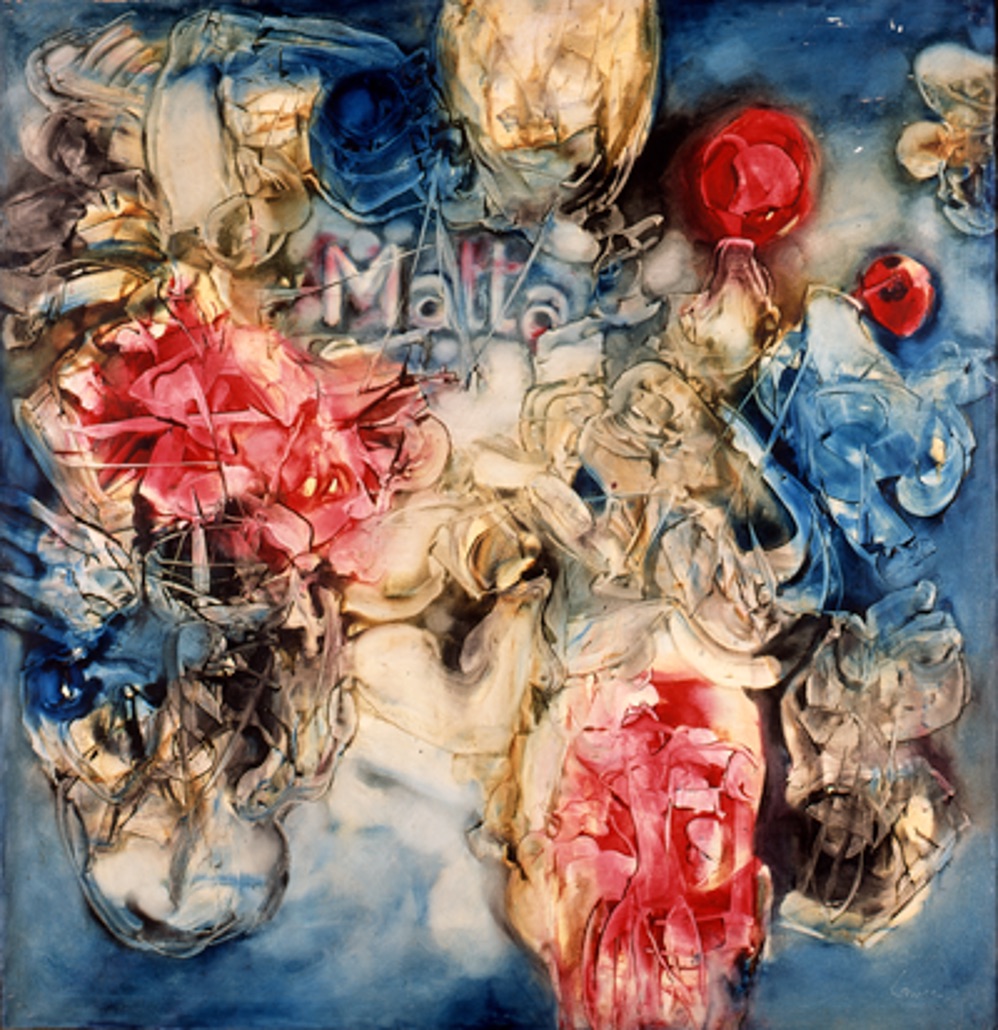Alfred Lenica
Biography Alfred Lenica
Alfred Lenica (b. Pabianice, 1899; d. Warsaw, 1977), one of the principal artists of the Polish 20th-century avant-garde, was a professional violinist who - like many other outstanding artists of his times - studied painting outside the canonical academic programme. "Music helped me to learn about colour and sound," he said.
His workshop as a landscape, portrait, and still-life painter was fully mature already before the Second World War. This was also the time when he painted the Surrealist pictures to which he would look back in his later work.
Lenica's search for an individual style and its shaping started in the 40s during the War, with small pictures on paper. Germans evicted his family from Poznań and resettled them in Kraków, where Lenica joined the group replica watches uk of young artists associated with Tadeusz Kantor's underground theatre. For him the dramatic wartime period in occupied Poland was the time when he ventured into the forbidden territory of avant-garde art, in the company of future celebrities - Tadeusz Kantor, Tadeusz Brzozowski, Jerzy Skarżyński, and Jerzy Kujawski. The time when he embarked on a series of experiments in the abstract realm.
After the War, in 1947 he became one of the co-founders of the Poznań group 4F+R, and a year later took part in the First Modern Art Exhibition in Kraków. In 1949 he painted Farby w ruchu (Paints in Motion), a composition of free-flowing stains of colour considered the first Polish Tachiste painting. It was also in the 40s that he began to make his collages.
The pioneering period in Lenica's work was interrupted by his accession to Socialist Realism. His none-too successful attempts to present social subjects in contemporary forms did not earn acclaim. But at the same time he was quietly making excellent abstract pictures like Wider Appetites, Sources, Streaks and Smudges, free of doctrinairism and using a variety of techniques, types of paint, varnishes, and inks. He refrained from showing these works, saving them for later times.
He continued his experiments in the late 50s, on large canvases, with blobs of oil-painted colour in a free arrangement and a network of thin lines in flowing varnish superimposed on them. Spots on Heaven and Earth, Dawn, Endowing Shape, presented at his first individual exhibition in Warsaw's Zachęta Gallery in 1958, made Lenica the icon of Tachism in Poland and opened up the door to a career abroad, where he was compared to Jackson Pollock.
In 1960 he made his name on the international scene with his monumental picture The Three Elements: Love, Fire, and Water, put up at the UN Palais des Nations in Geneva. His paintings were awarded the Grand Prix at the Monaco International Exhibition in 1964. He attended numerous exhibitions in Europe and America, where he met many renowned painters from Western Europe and Latin America. In 1972 he spent a few months in Chile, where the world-famous Surrealist painter Roberto Matta acted as his guide. One of the outcomes of the visit was a series of pictures entitled Chile, Chile, which Lenica dedicated to Matta.
Lenica's successes and travels around the world were a reinvigorating impulse for more work. He created cycles of pictures on paper and oils on canvas: Under water, Biological Motor, Erinyes, Phobia 11, From the Bottom of war, in which the subtle glazes, luminous colour-schemes, and decorative tangle of lines and forms define the distinct style of Lenica's painting, as observed in the reviews of the exhibition inaugurating his membership of the Grupa Krakowska artists (1965). His accession to the group was the final touch to many years of friendships and working relations, unusual because, as Erna Rosenstein remarked, "Alfred Lenica was the only member admitted to the Kraków group straight from Warsaw."
I should add that the Lenica household in Warsaw was full of a vibrant artistic life. Alfred's son Jan, a first-rate poster artist, gained international fame. His daughter Danuta, a splendid book illustrator, married the writer Tadeusz Konwicki, whose essay Kalendarz i klepsydra contains the following review of one of his father-in law's exhibitions: "This gentle, somewhat sluggish old timer is truly a great artist. Perhaps the only true-hearted artist in our big family. Hats off to the granddad that comes with a big surprise, I'm bowing right down to the floor, full of admiration. Your life crescendoed like a volcano in a stunning finale of colours, sparkles and stars."
Beata Gawrońska-Oramus is an art historian who has designed and created exhibitions and written publications for them. For several years she has been focusing on the work of Alfred Lenica, arranging a series of Lenica exhibitions and writing the accompanying publications (Lenica — Matta — Chile, Chile, National Museum in Kraków, 2013; Alfred Lenica, National Museum in Wroclaw, 2014; Alfred Lenica, Barva — gesto —podvédom I, Olomouc Museum of Art, 2015; Lenica — Krzysztofory — 1965, Historal Museum of the City of Kraków, 2015).

